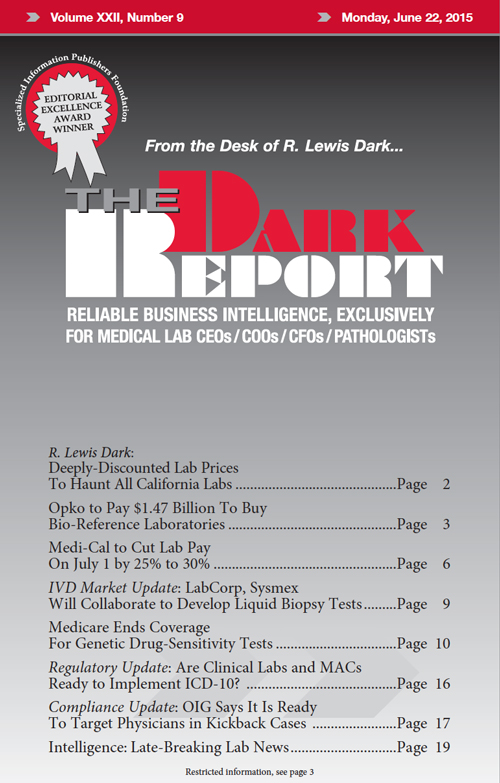CEO SUMMARY: Medicare’s decision to cease covering many pharmacogenomic tests puts as many as 19 million Americans who have genetic variations affecting their response to medications at risk. These medications are commonly prescribed for patients with cardiovascular disease, pain, depression, anxiety, and cancer. Meanwhile, medical centers such as Mayo Clinic are conducting clinical studies to collect evidence that appropriate use of pharmacogenomic tests can improve patient outcomes while also reducing the cost of care.
To access this post, you must purchase The Dark Report.


